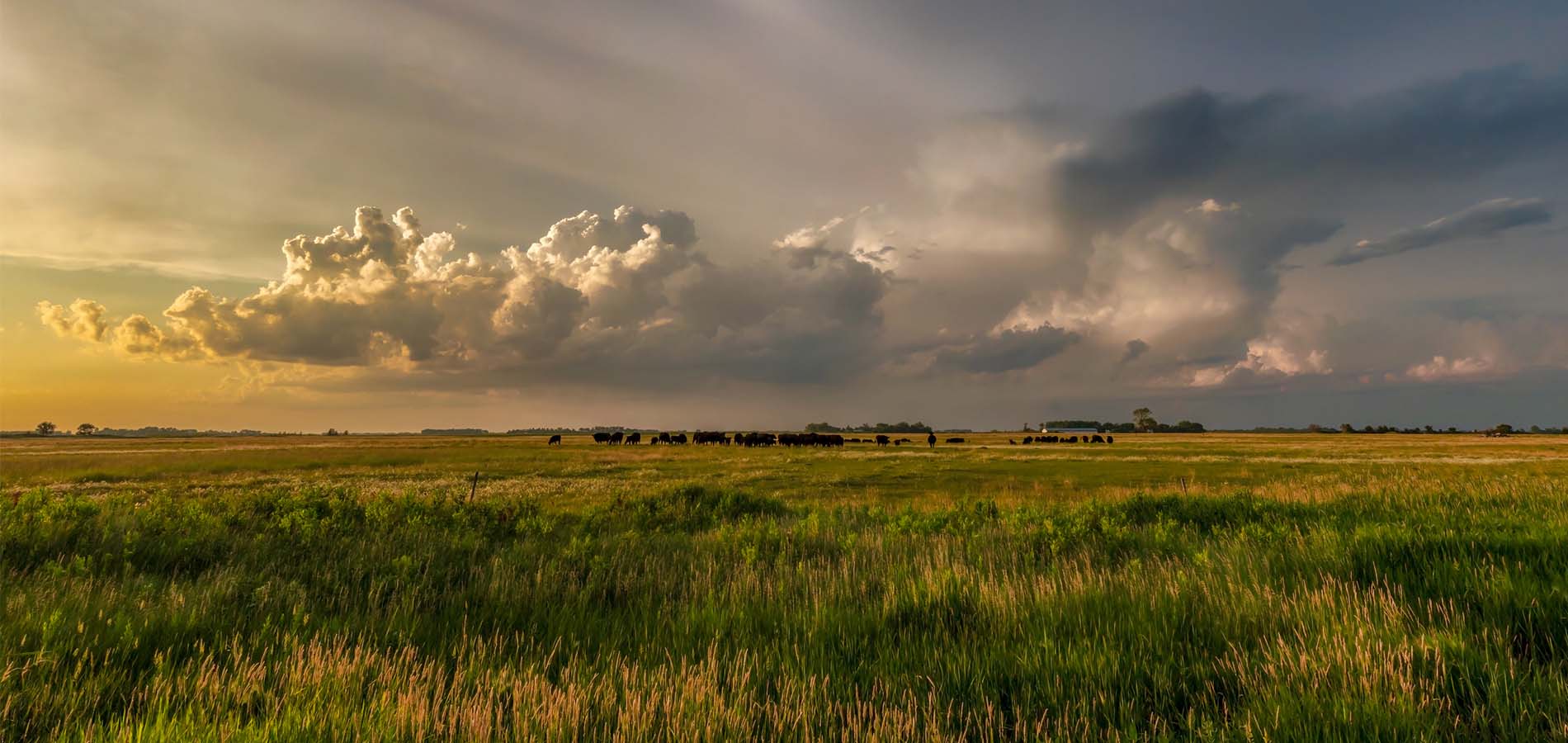
In a recent study scientists concluded they could spray microscopic aerosol particles into the atmosphere at an altitude of 43,000 feet over the north and south poles. They believe these aerosols would disperse and collect over the poles providing a layer of shade that would inhibit sunlight and prevent glacial ice from melting.
The project called “stratospheric aerosol injection” would cost a whopping $11 billion. The researchers defend the dollar amount by suggesting the implications of climate disaster would be far greater. When you’re predicating the end of the world anything can be justified to prevent it.
There is an irony in that aerosols have been banned because they damage the ozone layer, and none of the research dollars are being allocated to determine the “consequences” of dabbling with the earth’s thermostat.
Incidentally, the science of geology reveals CO2 levels are relatively low compared to prehistoric periods when human influence had no effect on global temperatures. However, reducing CO2 levels is the primary focus for scientists attempting to overt climate change.
In addition, the aerosols would be composed mostly of sulfur dioxide, which can cause lung damage and respiratory problems when ingested in high concentrations. Researchers dismissed the significance about this issue.
Regardless of what you believe about the climate debate, I like to share stories that enlighten my audience and offer insight into the ongoing conversation about climate variation.
The temperature outlook into the early part of October is suggesting above normal conditions across the western corn belt with more seasonable to below average temperatures into the central and eastern part of the region. Precipitation will likely be at to below normal across most of the corn belt.
Heading deep into the month of October, it appears this trend could stay intact, which would give farmers in most locations’ ideal conditions for fall harvest and fieldwork. At some point, many fields will require a good fall recharge to replace falling moisture content, especially in the central and western corn belt where abnormal to extremely dry conditions prevail.
We are into our third year in a row of a protracted La Nina event, which will likely continue through the end of 2022. La Nina is the large-scale cooling of the Pacific Ocean, which impacts temperatures and precipitations across North America. For folks across the Midwest, that normally means colder than normal conditions with quick moving clipper systems diving in from Canada, which often spreads plenty of snow across the region, especially in the Great Lakes region eastward.



